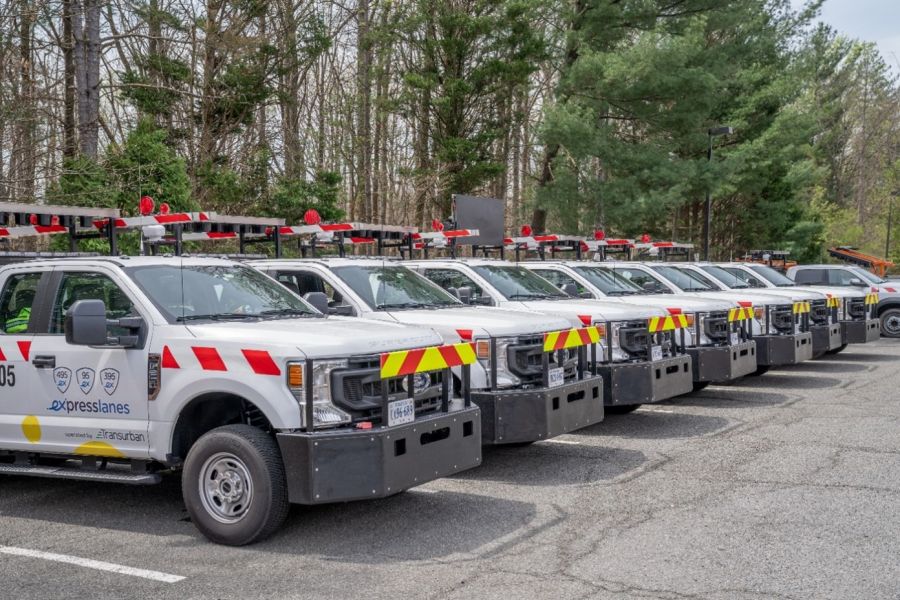April 25, 2024
Get where you want to go, quicker
New reversal approach on the 95/395 Express Lanes.With customers often eager to take advantage of the Express Lanes, the Operations team discovered an unsafe trend: cars queuing on ramps and highway shoulders waiting for the 95/395 Express Lanes to open following reversal. The 49-mile roadway—the longest reversible road in the United States — points northbound in the mornings and southbound in the evenings to provide much-needed congestion relief to D.C.-area commuters. The switch took about two hours and involves 298 gates, 22 gantries and 349 detection points.
Queuing near moving traffic can be dangerous for travelers—particularly adjacent to high-speed roadways like I-95 and the Express Lanes. To reduce the number of cars waiting on the side of the road, the Operations team looked to optimize the reversal process and open the road more quickly.
By diverting northbound traffic into the general-purpose lanes at the midpoint of the 395/95 Express Lanes, two Express Assist teams could work concurrently to each cover one half of the roadway. This allows for quicker clearance of the Lanes, enabling southbound traffic to resume sooner. Supported by traffic data, the program had minimal impact on northbound commuters, with an average of fewer than 100 vehicles affected daily.
Results included:
- An average time savings of 17 minutes per weekday reversal.
- A reduction in queuing from 10 to 15 cars in congestion hotspots, leading to fewer accidents in the region.
- A decrease in unsafe driving behaviors and near misses.
- No reported safety incidents related to the revised procedure.
Since its launch, the pilot has improved overall reversal times, increased road capacity, and reduced potential hazards. This underscores our commitment to efficiency and safety on the 95/395 Express Lanes.

Research & innovation
We're always thinking of the road ahead. Backed by data and technology, we're focused on keeping drivers safe now and into the future of mobility.
Strategic partnerships
Together, we go further. Our global development, delivery and operational insight is a powerful complement to drive industry-leading transportation solutions.
Safety campaigns
We're invested in the communities we serve. Our commitment helps us improve safety outcomes for all motorists across our markets.